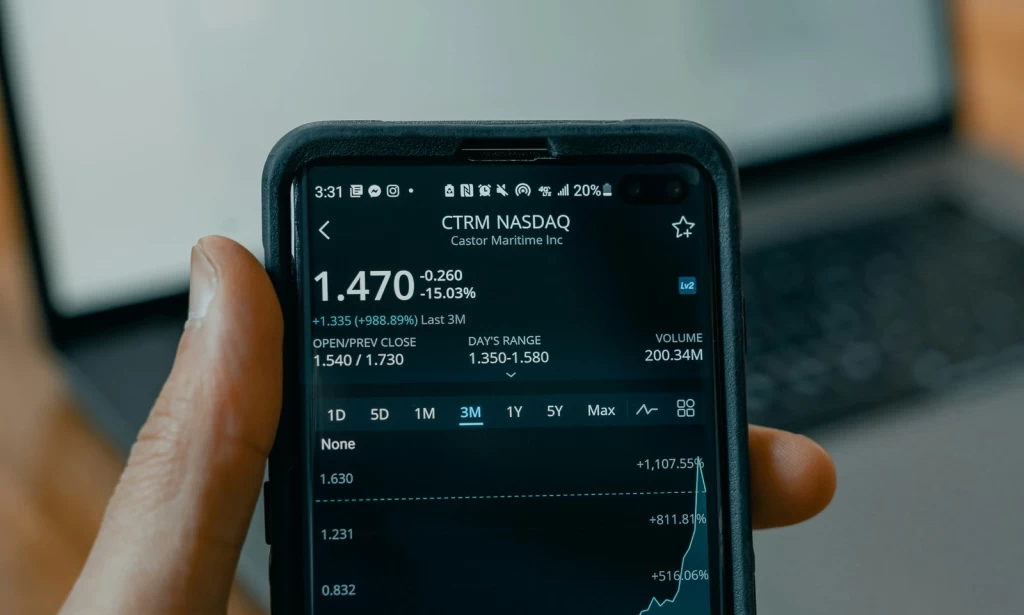The imminent end of the US government shutdown could inject billions back into the economy. Crypto markets are already pricing it in.

On Polymarket, traders now see an 86% chance that the shutdown will conclude between 12 and 15 Nov, up from below 50% just a day earlier. The shift came as reports of a Senate deal and comments from the President signaled that a resolution is close. Optimism rippled across markets, with Bitcoin reclaiming the $105,000 level and most major tokens finishing higher.
Behind the relief rally lies a deeper liquidity story. During the shutdown, the Treasury General Account (TGA), the government’s cash balance at the Federal Reserve, swelled to nearly $957bn by 30 Oct, up almost $400bn since early September. With spending frozen but revenues continuing to flow, that cash built up inside the Treasury's account, effectively draining liquidity from the broader financial system. That tightening weighed on risk assets such as Bitcoin and equities alike. Once the shutdown ends, the process reverses: as federal paychecks resume and delayed spending restarts, the Treasury draws down its cash balance, releasing liquidity back into the market. Historically, these post-shutdown repayments and spending bursts provided short-term tailwinds for assets sensitive to money supply conditions.
Data blackout and market clarity
The end of the shutdown also restores visibility. During the fiscal freeze, the release of key economic reports, from employment and inflation data to GDP revisions, was suspended, leaving investors and the Federal Reserve 'flying blind.' The return of those data points will give policymakers a clearer picture of inflation trends and growth momentum, stabilising rate expectations and reducing uncertainty. That renewed transparency is another reason why risk assets are reacting positively.
History and investor psychology
Past shutdowns show a similar pattern. After the October 2013 closure, Bitcoin rose more than 500% over the following three months, while a 45% gain followed the January 2019 episode. The exception came in January 2018, when Bitcoin fell 23%, though that shutdown lasted only three days, too brief to have any measurable impact on markets. While past performance offers no guarantee, the pattern is clear: when fiscal uncertainty lifts and liquidity returns, risk appetite tends to recover quickly.
This time, the resolution lands amid softer inflation data and growing expectations of rate cuts. If liquidity does surge again, crypto could move back into macro alignment, and investors may rediscover their appetite for risk.



You must be logged in to post a comment.